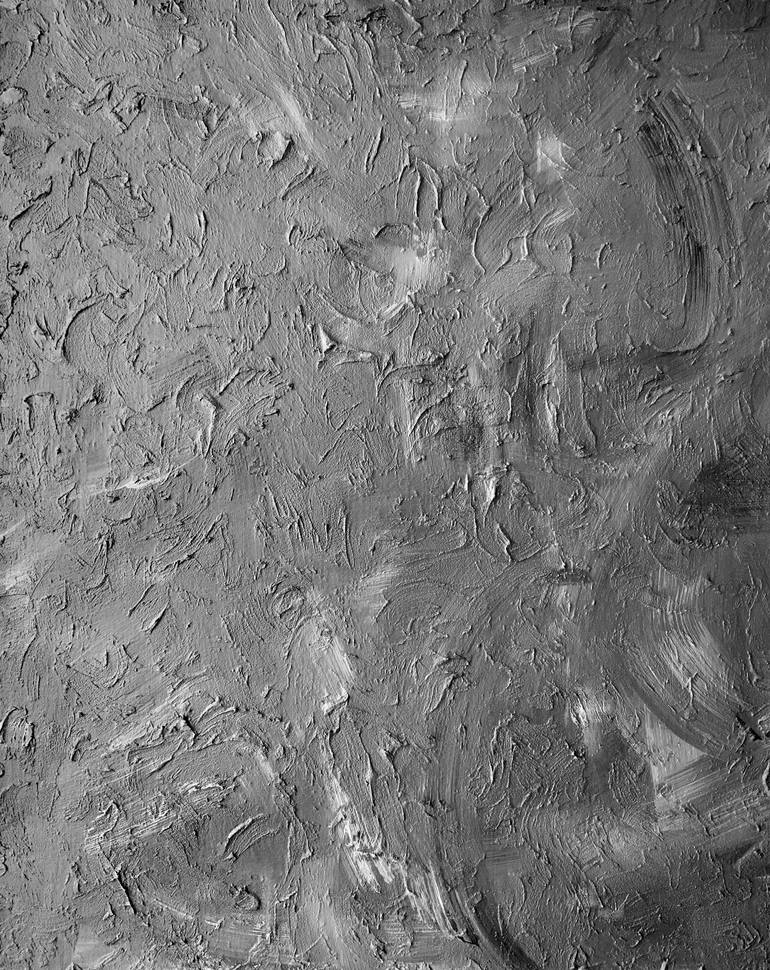







VIEW IN MY ROOM
The Second Battle of Ypres Painting
Painting, Acrylic on Canvas
Size: 22 W x 28 H x 0.2 D in
Ships in a Box
Shipping included
14-day satisfaction guarantee
Artist Recognition

Artist featured in a collection
About The Artwork
During the First World War, the Second Battle of Ypres was fought from 22 April – 25 May 1915 for control of the tactically-important high ground to the east and south of the Flemish town of Ypres in western Belgium. The First Battle of Ypres had been fought the previous autumn. The Second Battle of Ypres was the first mass use by Germany of poison gas on the Western Front. Background: The eminent German chemist Walther Nernst, who was in the army in 1914 as a volunteer driver, saw how trenches produced deadlock. He proposed to Colonel Max Bauer, the German general staff officer responsible for liaison with scientists, that they could empty the opposing trenches by a surprise attack with tear gas. Observing a field test of this idea, the chemist Fritz Haber instead proposed using heavier-than-air chlorine gas (originally preferring the use of the more deadly phosgene gas, though little was stockpiled for such a use). The German commander Erich von Falkenhayn agreed to try the new weapon, but intended to use it in a diversionary attack by his 4th Army. The gas would be released by siphoning liquid chlorine out of cylinders; the gas could not be released directly because the valves would freeze; wind would carry the gas to the enemy lines. Five thousand, seven hundred thirty gas cylinders, the largest weighing 40 kilograms (88 lb) each, were manhandled into the front line. Installation was supervised by Haber and the other future Nobel prize winners Otto Hahn, James Franck and Gustav Hertz. Twice cylinders were breached by shell fire, the second time three men were killed and fifty wounded. Some of the Germans were protected by miner's oxygen breathing apparatus. The Ypres salient was selected for the attack. It followed the canal, bulging eastward around the town. North of the salient, the Belgian army held the line of the Yser and the north end of the salient was held by two French divisions. The eastern part of the salient was defended by the Canadian and two British divisions. The II Corps and V Corps of the Second Army comprised the 1st, 2nd and 3rd Cavalry Divisions and the 4th, 27th, 28th, Northumbrian, Lahore and 1st Canadian divisions. Source: Wikipedia
Details & Dimensions
Painting:Acrylic on Canvas
Original:One-of-a-kind Artwork
Size:22 W x 28 H x 0.2 D in
Frame:Not Framed
Ready to Hang:Not applicable
Packaging:Ships in a Box
Shipping & Returns
Delivery Time:Typically 5-7 business days for domestic shipments, 10-14 business days for international shipments.
Handling:Ships in a box. Artists are responsible for packaging and adhering to Saatchi Art’s packaging guidelines.
Ships From:United States.
Have additional questions?
Please visit our help section or contact us.
I’m (I am?) a self-taught artist, originally from the north suburbs of Chicago (also known as John Hughes' America). Born in 1984, I started painting in 2017 and began to take it somewhat seriously in 2019. I currently reside in rural Montana and live a secluded life with my three dogs - Pebbles (a.k.a. Jaws, Brandy, Fang), Bam Bam (a.k.a. Scrat, Dinki-Di, Trash Panda, Dug), and Mystique (a.k.a. Lady), and five cats - Burglekutt (a.k.a. Ghostmouse Makah), Vohnkar! (a.k.a. Storm Shadow, Grogu), Falkor (a.k.a. Moro, The Mummy's Kryptonite, Wendigo, BFC), Nibbler (a.k.a. Cobblepot), and Meegosh (a.k.a. Lenny). Part of the preface to the 'Complete Works of Emily Dickinson helps sum me up as a person and an artist: "The verses of Emily Dickinson belong emphatically to what Emerson long since called ‘the Poetry of the Portfolio,’ something produced absolutely without the thought of publication, and solely by way of expression of the writer's own mind. Such verse must inevitably forfeit whatever advantage lies in the discipline of public criticism and the enforced conformity to accepted ways. On the other hand, it may often gain something through the habit of freedom and unconventional utterance of daring thoughts. In the case of the present author, there was no choice in the matter; she must write thus, or not at all. A recluse by temperament and habit, literally spending years without settling her foot beyond the doorstep, and many more years during which her walks were strictly limited to her father's grounds, she habitually concealed her mind, like her person, from all but a few friends; and it was with great difficulty that she was persuaded to print during her lifetime, three or four poems. Yet she wrote verses in great abundance; and though brought curiosity indifferent to all conventional rules, had yet a rigorous literary standard of her own, and often altered a word many times to suit an ear which had its own tenacious fastidiousness." -Thomas Wentworth Higginson "Not bad... you say this is your first lesson?" "Yes, but my father was an *art collector*, so…"
Artist Recognition

Artist featured by Saatchi Art in a collection
Thousands Of Five-Star Reviews
We deliver world-class customer service to all of our art buyers.
Global Selection
Explore an unparalleled artwork selection by artists from around the world.
Satisfaction Guaranteed
Our 14-day satisfaction guarantee allows you to buy with confidence.
Support An Artist With Every Purchase
We pay our artists more on every sale than other galleries.
Need More Help?